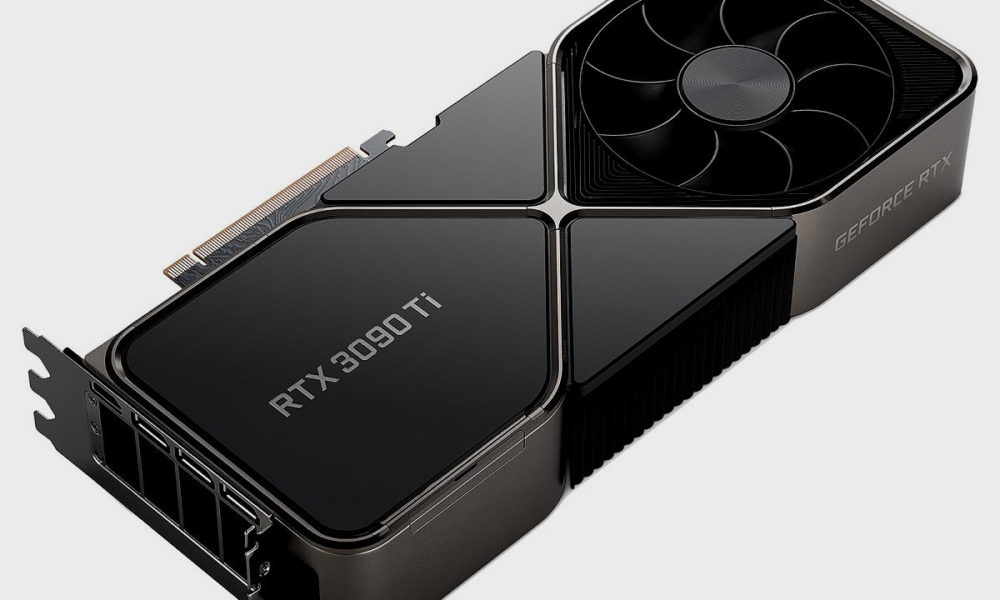Scientists studying the traces of particles resulting from six billion collisions of atomic nuclei at the Relativistic Heavy Ion Collider RHIC, an “atomic accelerator” that recreates the conditions of the early universe, have discovered a new type of antimatter nucleus, the heaviest yet discovered.
These exotic antinuclei, composed of four antimatter particles (one antiproton, two antineutrons, and one antihyperon), are called antihyperhydrogen-4.
Members of RHIC’s STAR Collaboration made the discovery by using particle detectors to analyze the details of the collision. They report the results in the journal Nature and describe how they used these exotic antiparticles to look for differences between matter and antimatter.
“Our knowledge of matter and antimatter is that, except for the existence of opposite electric charges, antimatter has the same properties as matter, the same mass, the same lifetime before decay and the same interactions,” said Junlin from STAR Wu, a graduate student in the Department of Nuclear Physics at the Joint Institute of Modern Physics of Lanzhou University and China.
But our universe is made of matter, not antimatter, although it is believed that both were created in equal amounts during the Big Bang about 14 billion years ago. “Why our universe is controlled by matter is still a question and we don’t know the full answer,” Wu said.
RHIC, the U.S. Department of Energy’s (DOE’s) Nuclear Physics Research Center at DOE’s Brookhaven National Laboratory, is a good place to study antimatter. Collisions of heavy ions (atomic nuclei that have been stripped of electrons and accelerated to near-light speeds) melt the boundaries of the ions’ individual protons and neutrons.
The resulting energy stored in a soup of free quarks and gluons—the fundamental building blocks of visible matter—produces thousands of new particles. And just like in the early universe, RHIC is producing nearly equal amounts of matter and antimatter.
“Comparing the properties of matter and antimatter particles produced by these particle collisions may provide clues to some asymmetries that tip the scales in favor of matter in the modern world. The first step to investigate the matter-antimatter asymmetry is to discover new antimatter particles. This is the basic logic of the research,” said Hao Qiu, a STAR physicist and principal investigator of the Wu IMP.
STAR physicists have previously observed nuclei made of antimatter from RHIC collisions. In 2010, they discovered the antihypertrichton. This was the first case of an antimatter nucleus containing a hyperon, a particle that contains at least one “strange” quark, not just the lighter “up” and “down” quarks that make up ordinary protons and neutrons.
Then, just one year later, STAR physicists broke that antimatter record by discovering the antimatter equivalent of a helium nucleus: antihelium-4.
Later analysis showed that antihyperhydrogen-4 could also be available. But its detection would be a rare event. This would require the release of four components (an antiproton, two antineutrons, and an antilambda) from the quark-gluon soup produced by RHIC collisions in the right place, in the same direction, and at the right time.
“By pure chance, these four constituent particles come from RHIC collisions that are close enough together to merge to form this antihyperhalo,” said Brookhaven Lab physicist Lijuan Zhuang, one of two members of the STAR collaboration.
To find antihyperhydrogen-4, STAR physicists studied the traces of the particles from which this unstable antihyperhydrogen decayed. One of the decay products is the previously discovered antihelium-4 nucleus, and the other is a simple positively charged particle called pi+.
“Since antihelium-4 was already detected in STAR, we used the same method we used before to highlight these events and then reconstructed them with pi+ tracks to find these particles,” Wu said.
By reconstruction, he means retracing the trajectories of antihelium-4 and pi+ particles to see if they came from the same coordinates. But RHIC collisions create a lot of peonies. Scientists have “sifted” through billions of collision events to find the rare antihypernuclei. Each antihelium-4 particle that results from a collision can be associated with hundreds or even 1,000 pi+ particles.
The key was to find places where the tracks of the two particles had a certain characteristic intersection, or decay peak. That is, the peak of the decay had to be far enough from the collision point that two particles could emerge from the decay of an antiparticle created immediately after the particles collided.
The STAR team excluded the backgrounds of all other potential partners from the breakup pair, and their analysis found 22 candidate events with an estimated background count of 6.4.
“This means that about six of the so-called antihyperhydrogen-4 decays could just be random noise,” said Emily Duckworth, a postdoctoral researcher at Kent State University whose job was to work on the computer code used to “sift through” all of these events and highlight the signals. Subtracting that background from the 22 gives the physicists confidence that they’ve detected about 16 true antihyperhydrogen-4 nuclei.
The result was significant enough for the STAR team to make direct comparisons between matter and antimatter. They compared the lifetime of antihyperhydrogen-4 to that of hyperhydrogen-4, a type of ordinary matter with the same building blocks. They also compared the lifetimes of another matter-antimatter pair: antihypertriton and hypertriton. Neither showed a significant difference, which didn’t surprise the scientists.
The experiments they described were tests of a particularly strong form of symmetry. Physicists generally agree that breaking this symmetry would be extremely rare and would not address the matter-antimatter imbalance in the universe.
“If we see a violation [цієї конкретної] “If there was symmetry, then we would have to throw a lot of what we know about physics out the window,” Duckworth said. So it was a relief that symmetry still worked in this case. The team agreed that the results reaffirmed that the physicists’ models were correct and represented “a major step forward in the experimental study of antimatter.”













